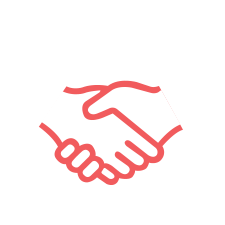
M&I Healthcare Forum, London 6-8 May 2024

How is machine-based learning impacting the delivery of healthcare events from theory to practice?
a day in the life of an agency.
Building and maintaining trust with clients is crucial. Clients often rely on trusted agency and venue partners to navigate compliance challenges.


Continuous training and knowledge sharing are essential, especially with the high turnover and influx of new staff in the industry.




Best practices.
Agencies must bridge the gap between clients and meeting partners by facilitating best practices



Future strategy will enhance best in class logistical delivery by focusing on creating stakeholder and HCP value, driven by internal meeting and agency specialists.












Recent Comments